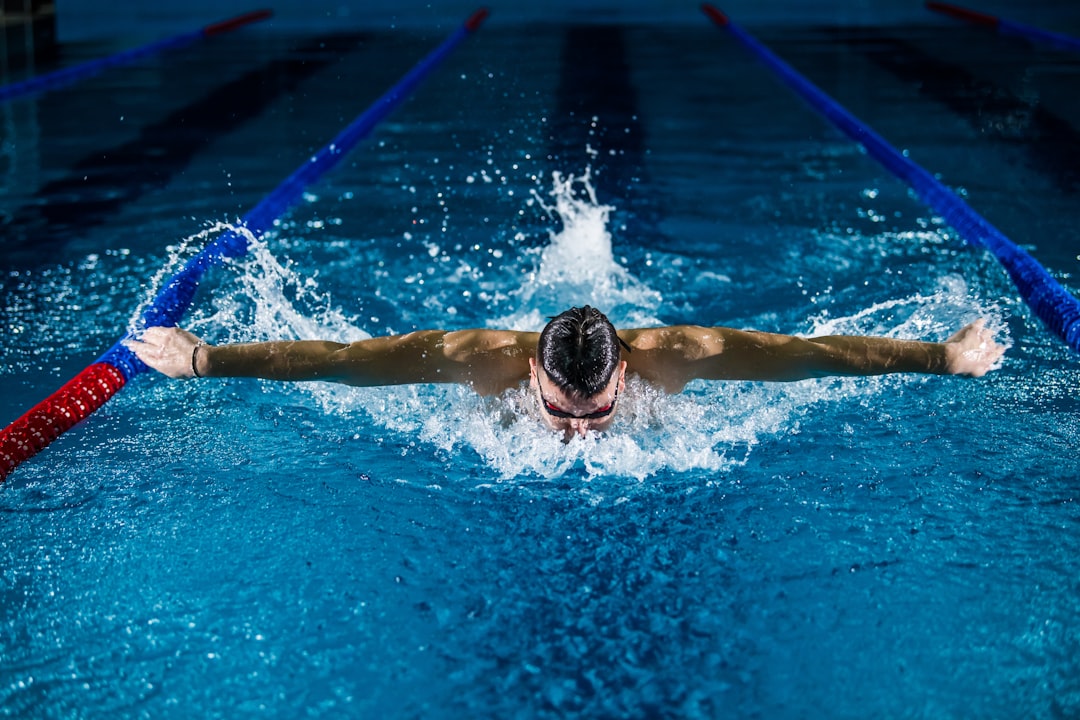- The Performance Lab
- Posts
- What is the Difference Between Competitive & High Performance Sport?
What is the Difference Between Competitive & High Performance Sport?
A Guide for Parents Guide to Understanding & Navigating Various Levels of Sport.
What is Competitive, High Performance, and Elite Sport?
There are as many perspectives on what competitive, high performance, or elite sport is. To be fair every sport and its sport culture has its unique perspective and role in the sport system. As such it is important to define the differences to guide you through the journey with your Athlete!
Competitive sport, elite sport, and high-performance sport are related concepts but differ in their levels of involvement, skill, and achievement in the athletic world. Competitive sport is more accessible and less intense, while high performance sport represents a higher level of competition. Elite sport is the pinnacle, where athletes strive for excellence on the world stage.
Here are the key distinctions:
Competitive Sport:
This level includes individuals or teams participating in organized sports or competitions.
Participants range from beginners to more experienced athletes.
The focus is on enjoying the sport, improving skills, and competing against others at a relatively basic or local level.
Athletes may or may not receive formal coaching or training.
High Performance Sport:
High Performance sport typically refers to a higher level of competition and skill compared to competitive sport.
Athletes at the high performance level have often demonstrated exceptional talent, dedication, and commitment to their sport.
They may compete at regional, national, or even international levels, depending on their sport's popularity and structure.
Athletes at the elite level often receive professional coaching and support in various sport performance areas (strength & conditioning, mental performance, nutrition, etc.).
Elite Sport:
Elite sport represents the pinnacle of athletic achievement.
Athletes at this level compete at the very highest levels, such as the Olympics, World Championships, or in Professional leagues.
Elite athletes are typically at the top of their sport and have achieved a remarkable level of success.
The focus is on achieving excellence, often requiring rigorous training, sports science support, and mental performance strategies.
The main differences lie in the level of competition, skill, and achievement. Competitive sport is more accessible and less intense, while high performance sport represents a higher level of competition. Elite sport is the pinnacle, where athletes strive for excellence on the world stage.
Why is this Important For a Parent to Know & Understand?
Understanding the differences between competitive, high-performance, and elite sport can be crucial for parents for several reasons:
Setting Realistic Expectations: It is important to set realistic expectations with your athlete’s involvement in sports. Knowing the distinctions between levels can help you understand where they stand and what level of commitment and competition they are comfortable with.
Support and Guidance: As a parent your support and guidance to your athlete is critical as they develop in sport. Understanding the differences between the levels can help you offer appropriate support, whether it's finding the right coaching, managing time commitments, or addressing the unique challenges at each level.
Balancing Academics and Sports: For student-athletes, striking a balance between academics and sports is crucial. As a parent you need to understand the level of commitment required at each stage to help your athlete manage their time effectively and make informed decisions about their priorities.
Mental and Emotional Well-being: Recognizing the differences between levels can help you be more sensitive to your athlete's mental and emotional well-being. High-performance and elite sports can come with increased pressure, and you need to be mindful of the stressors and provide appropriate support.
Long-Term Development: Understanding the progression from competitive to high-performance and elite sport can help you and your athlete plan for long-term development. It can involve setting realistic goals, monitoring progress, and making informed decisions about pursuing additional career opportunities in sports.
Safety and Health: Competitive, high-performance and elite sports can be physically demanding, and there may be increased risks of injuries. As a parent you should be aware of these risks and ensure their safety through proper coaching, conditioning, mental and emotional training, and injury prevention measures.
Financial Considerations: Different levels of sport involvement can have varying financial implications. Each level of competition often comes with higher costs for training, travel, and equipment.
Lifestyle Choices: Athletes often need to make significant lifestyle choices, including dietary restrictions, training schedules, and sacrifices in social and recreational activities. Parents should be aware of these lifestyle factors, discuss them, and support them with your athlete.
Understanding the distinctions between competitive, high-performance, and elite sport levels is essential to provide the right support and guidance. It helps create a balanced and informed approach while considering the athlete’s overall well-being, development, and individual goals.
For more information on our programs and services check out our website by clicking below.
If you’d like a free introductory session to speak with a performance specialist, click on the 20 minute free session button below to discuss how we can help!
